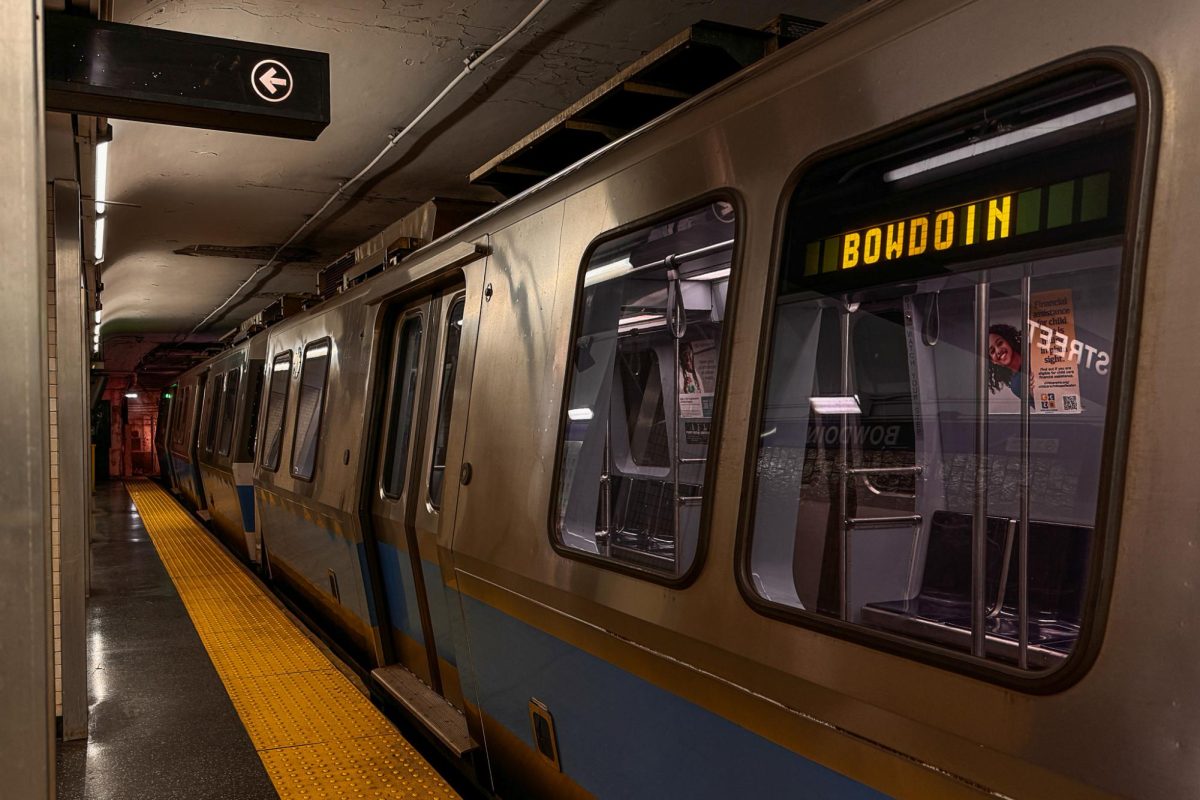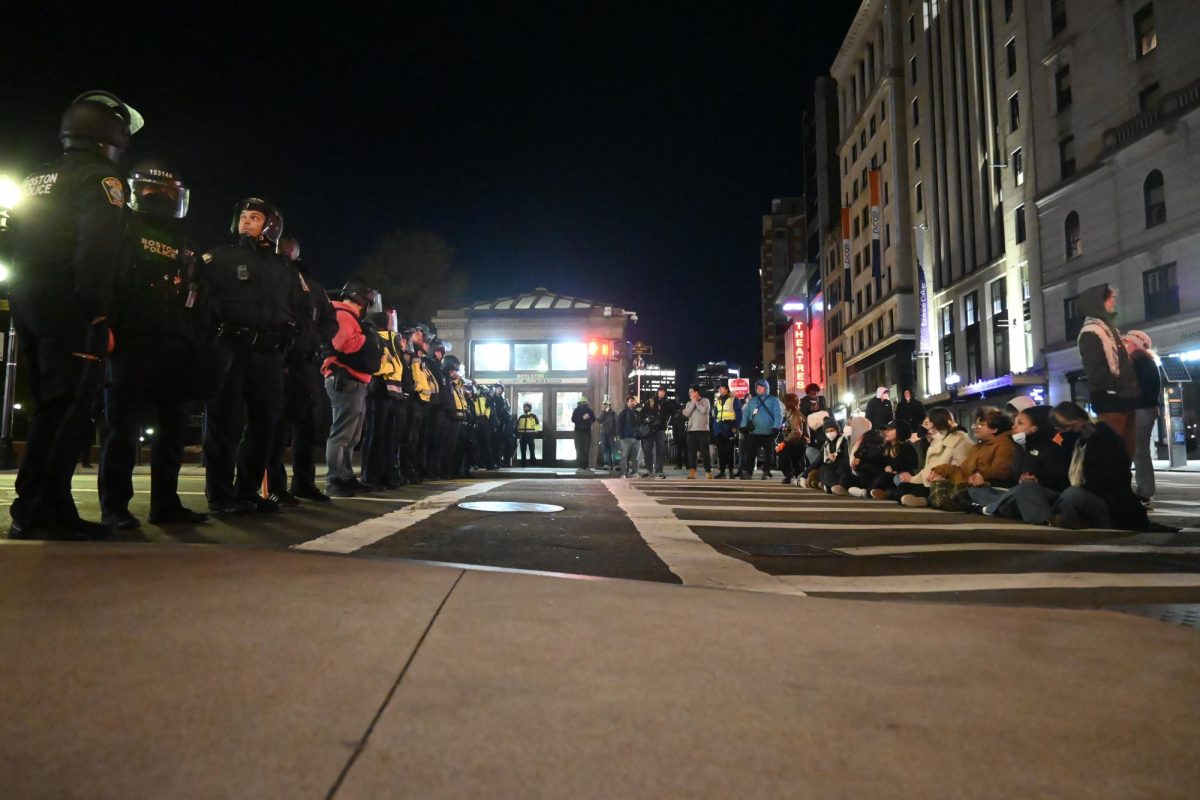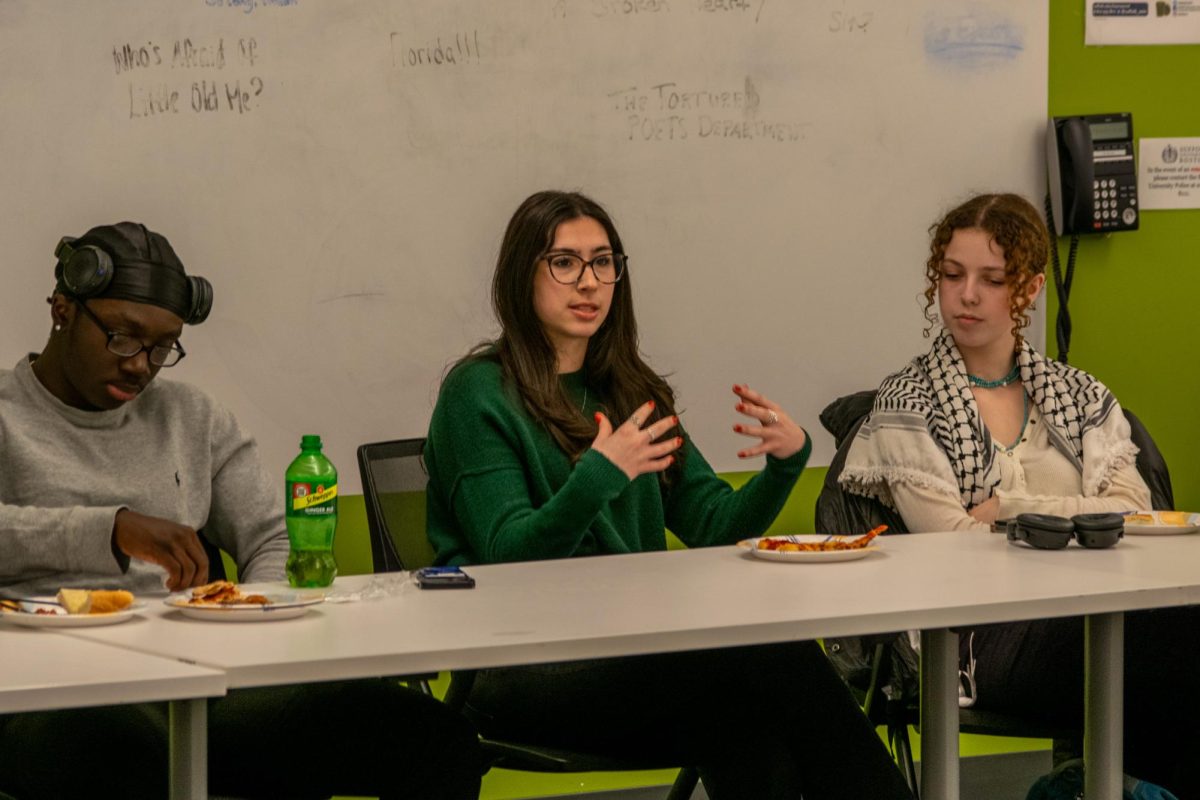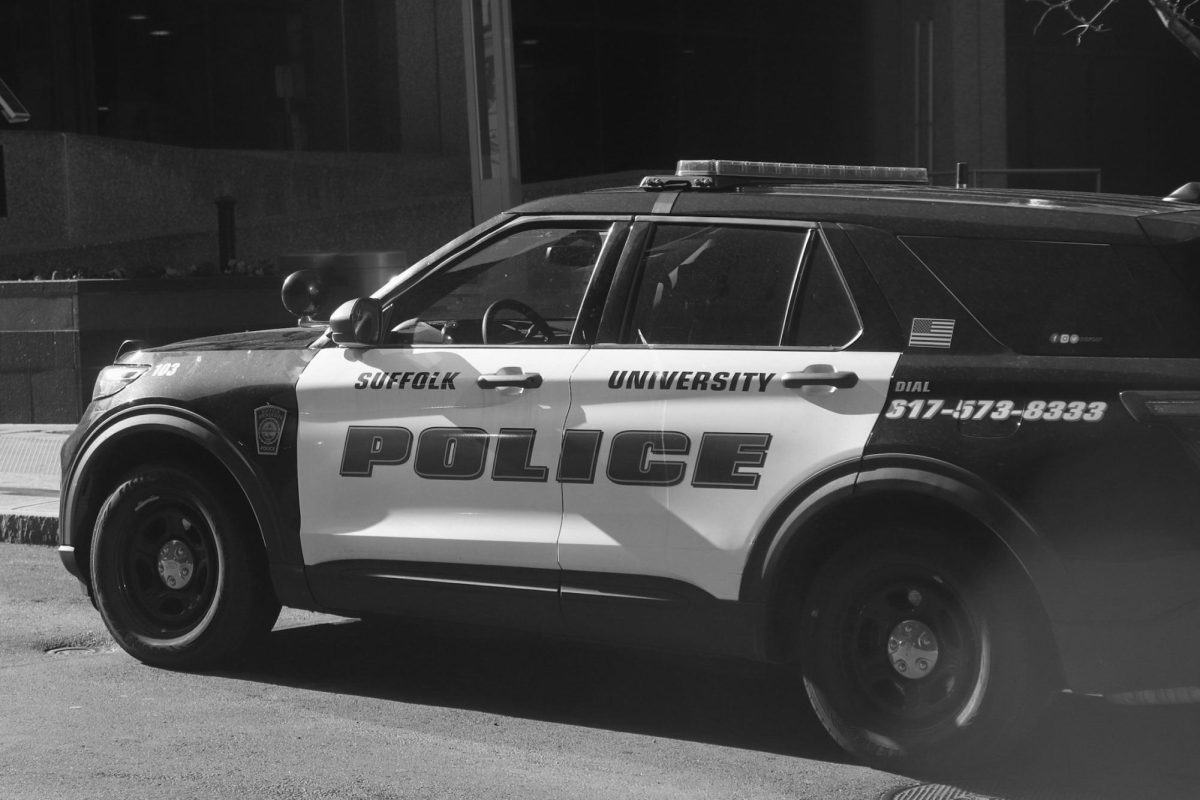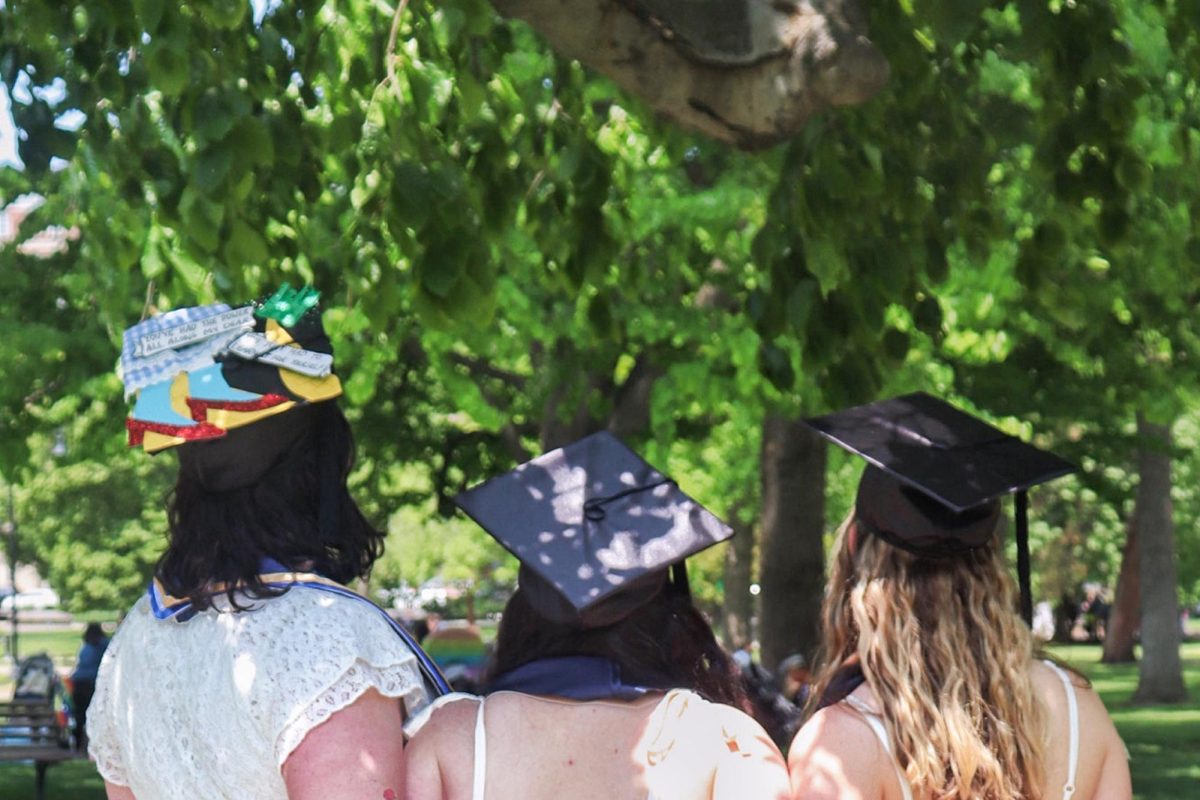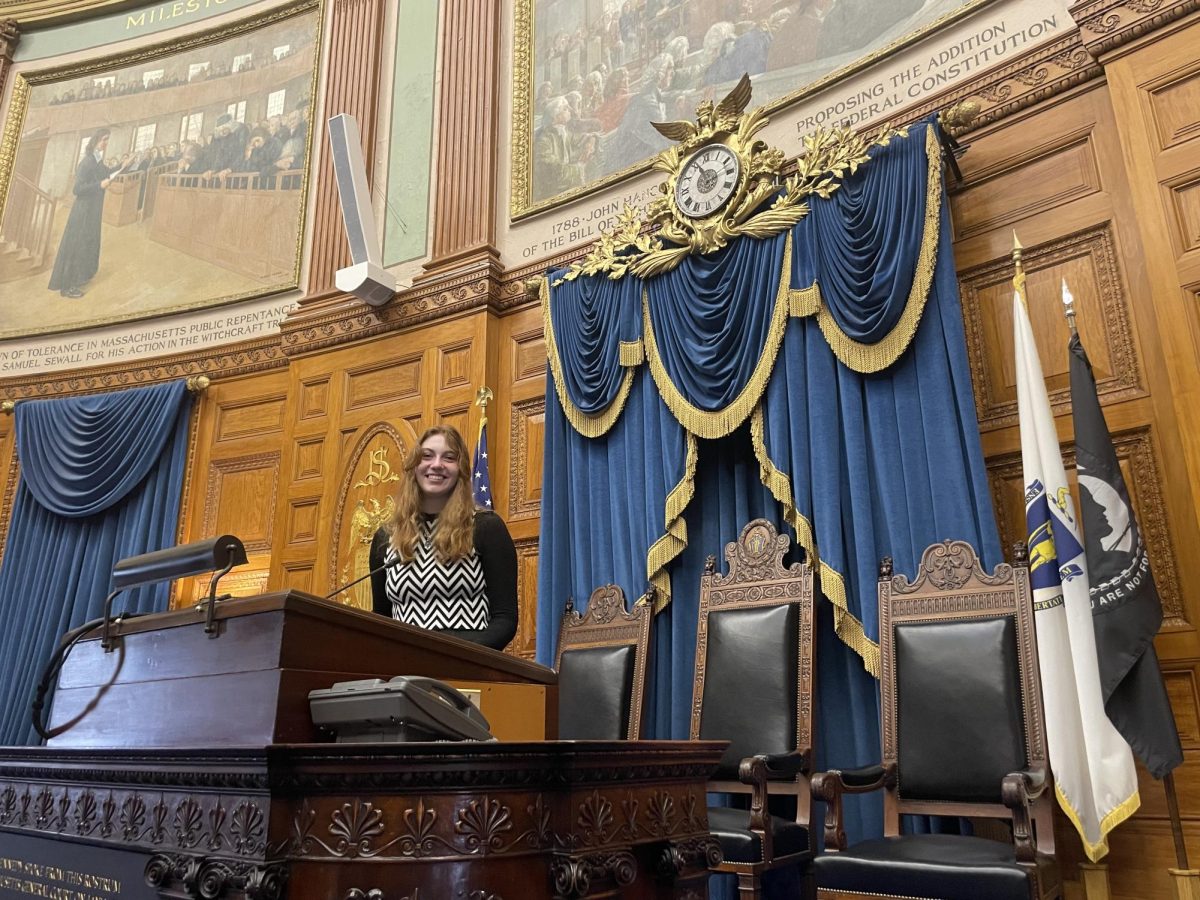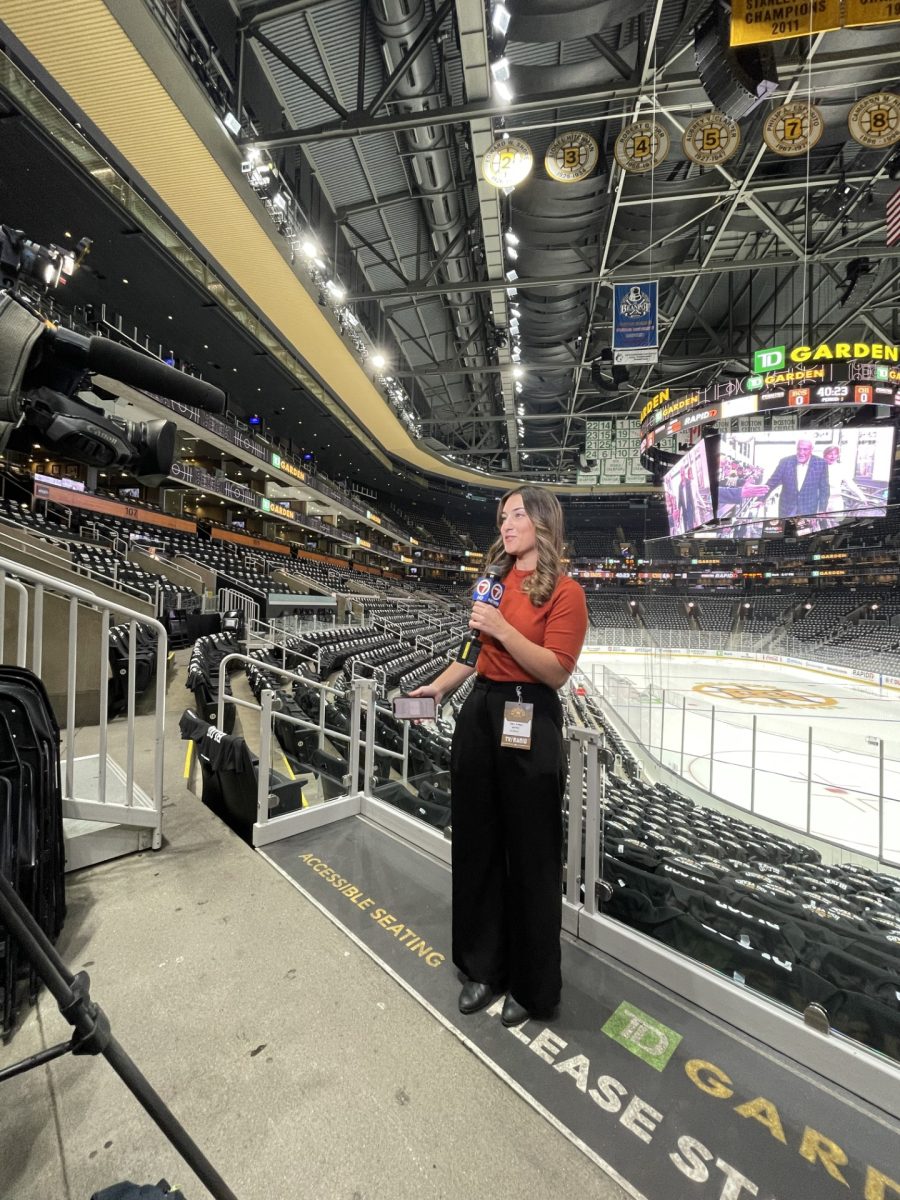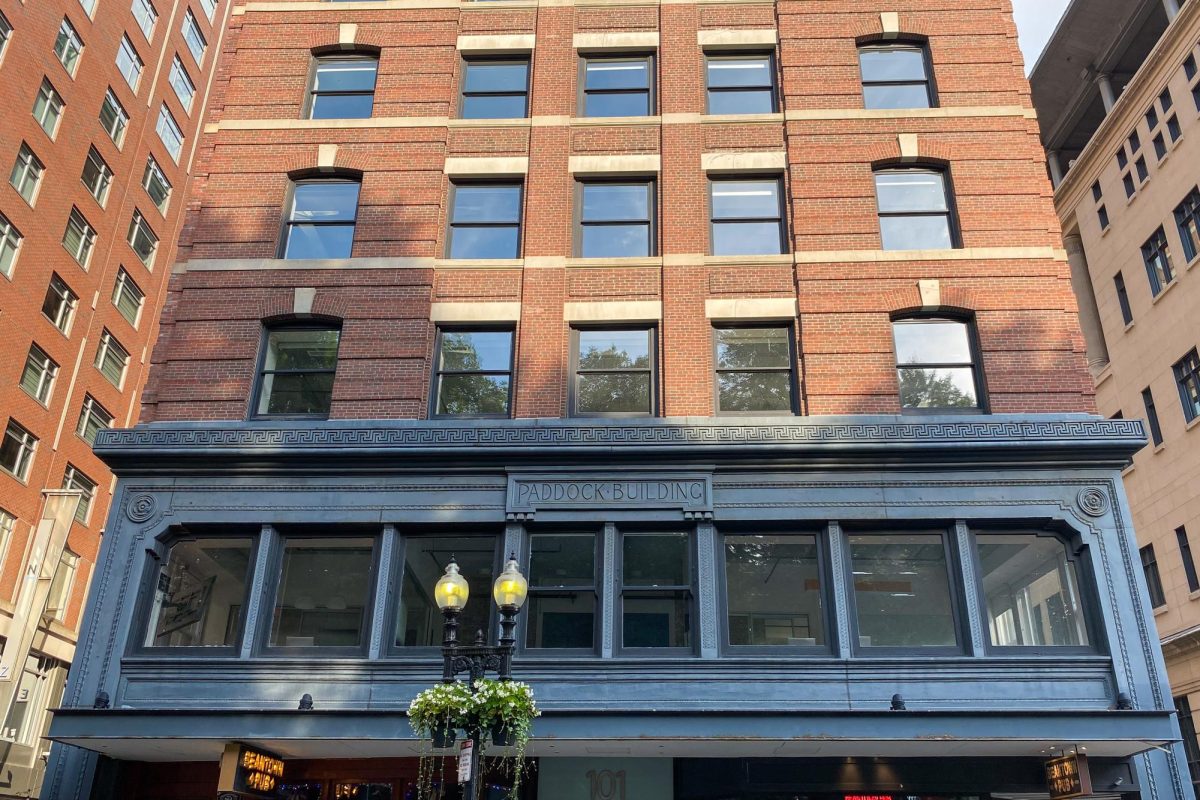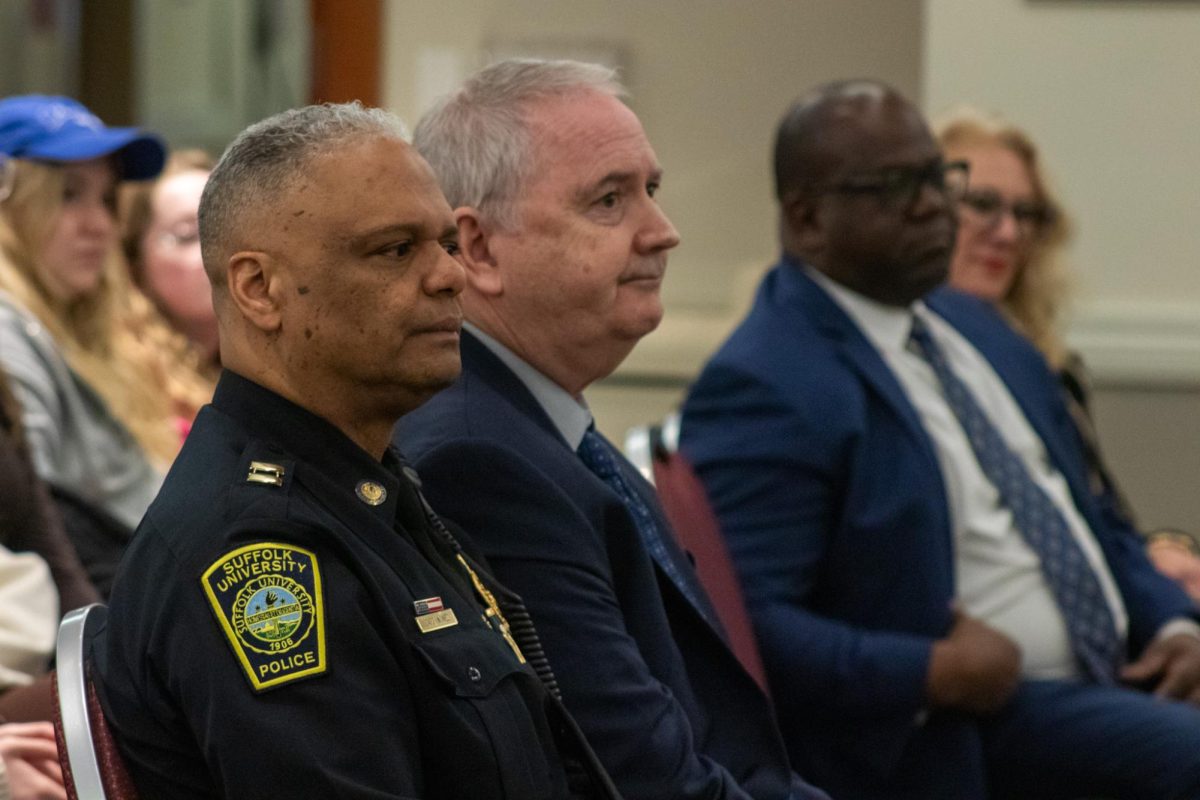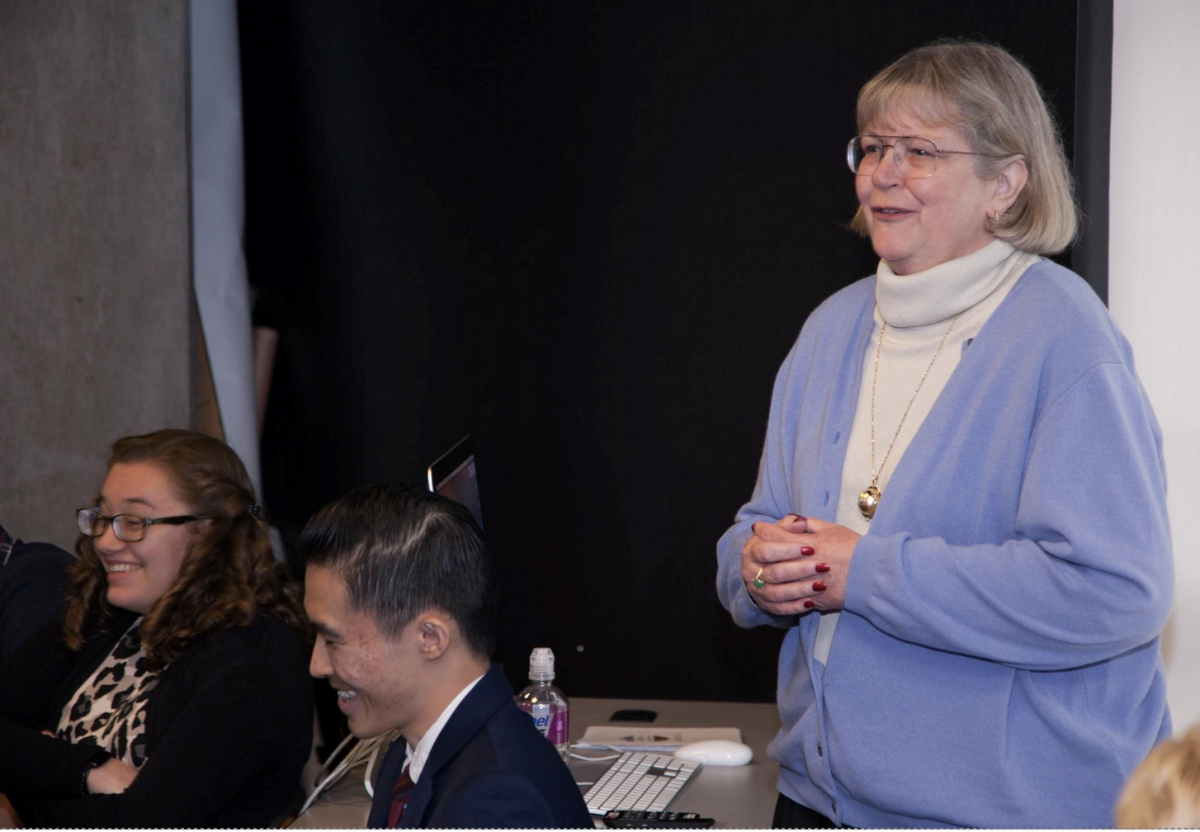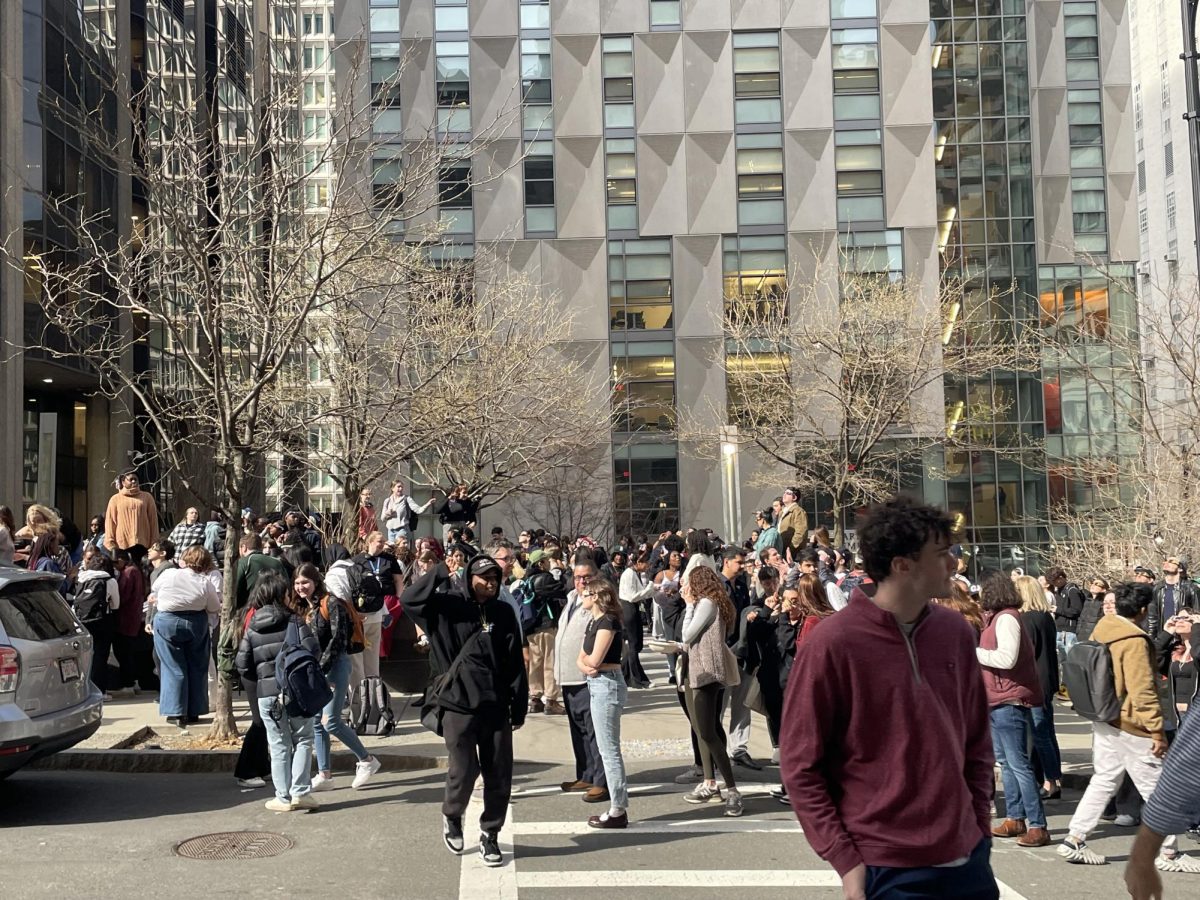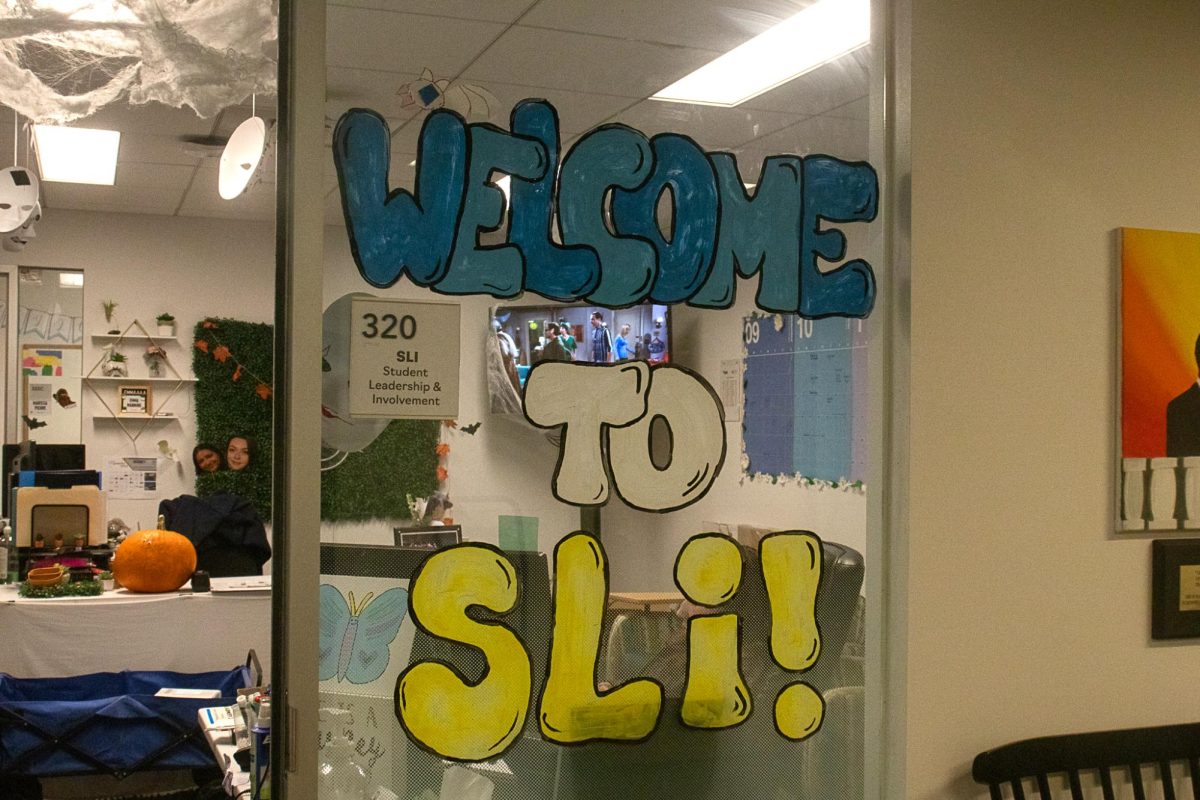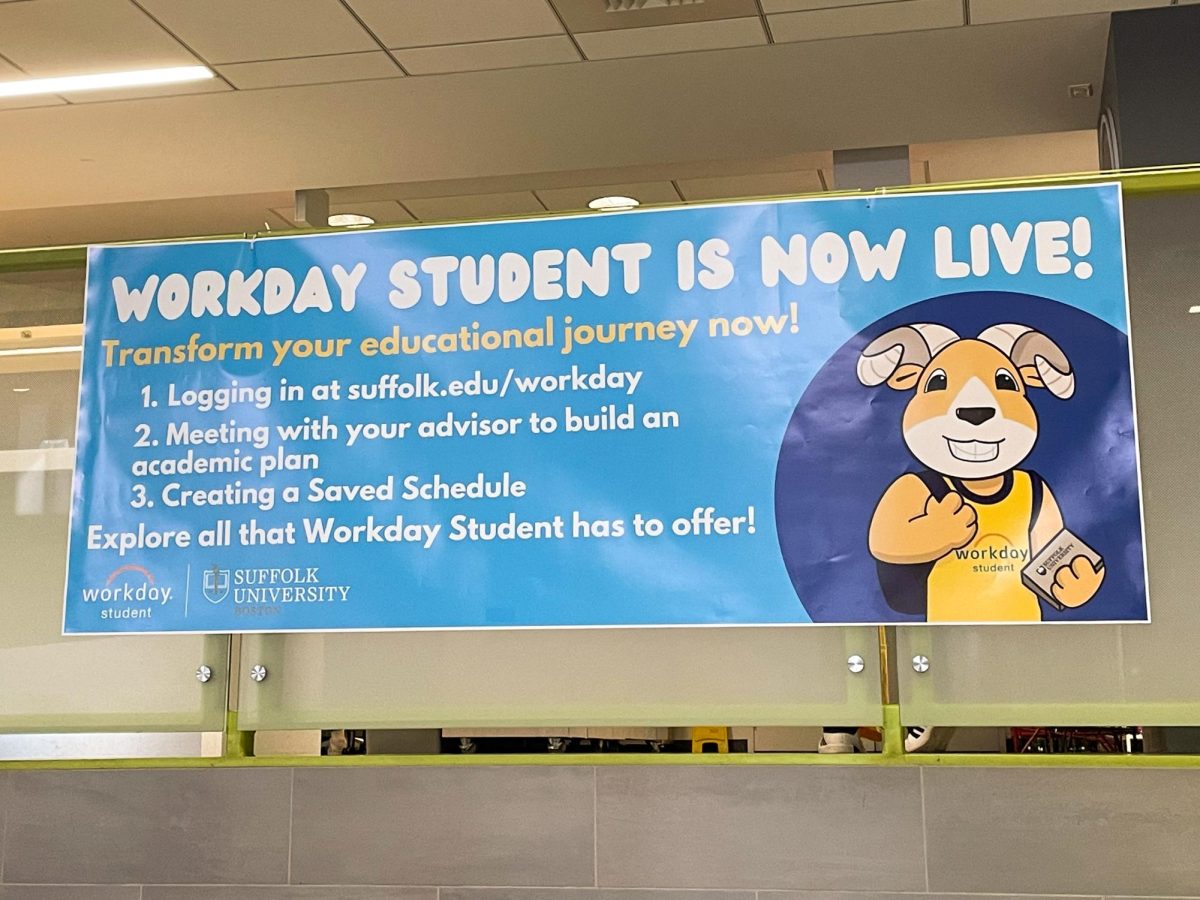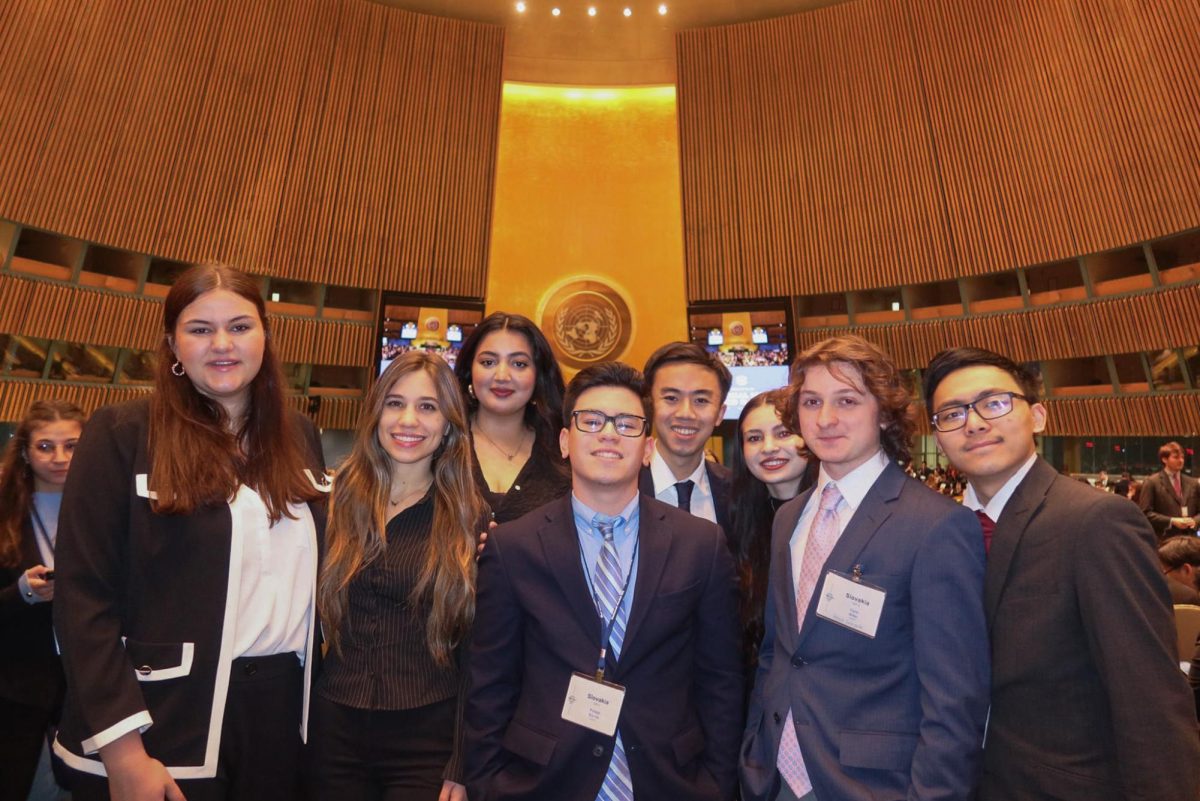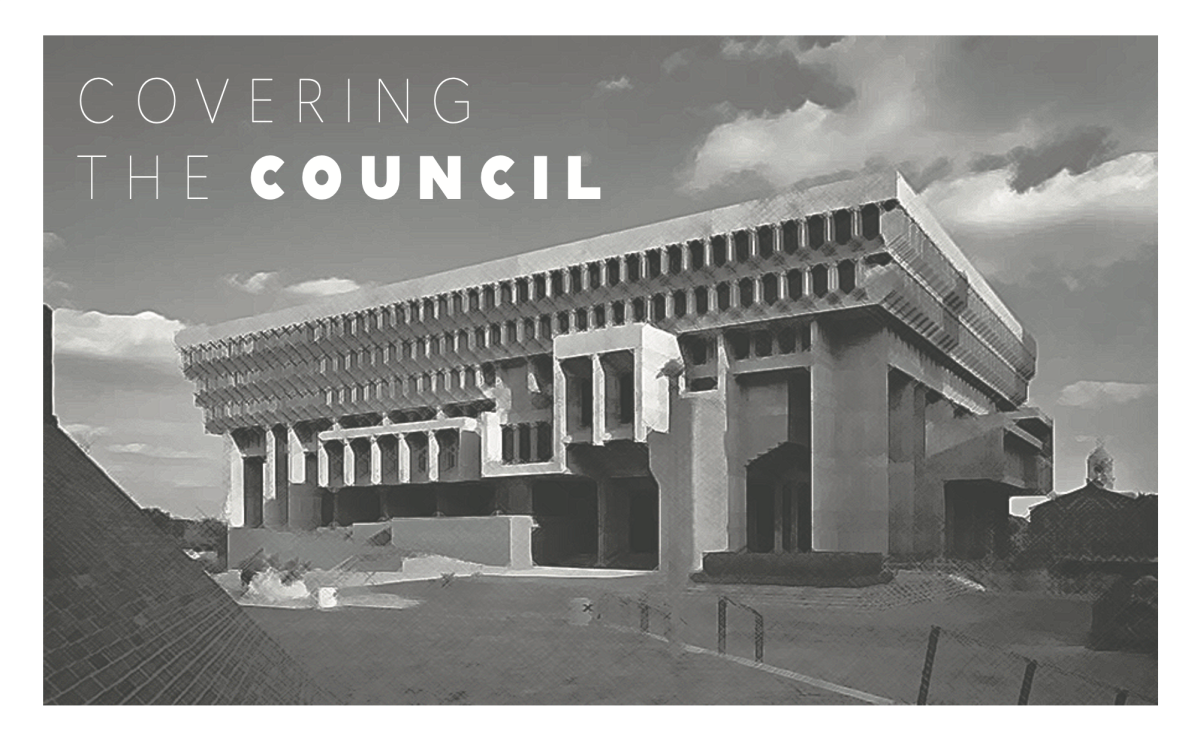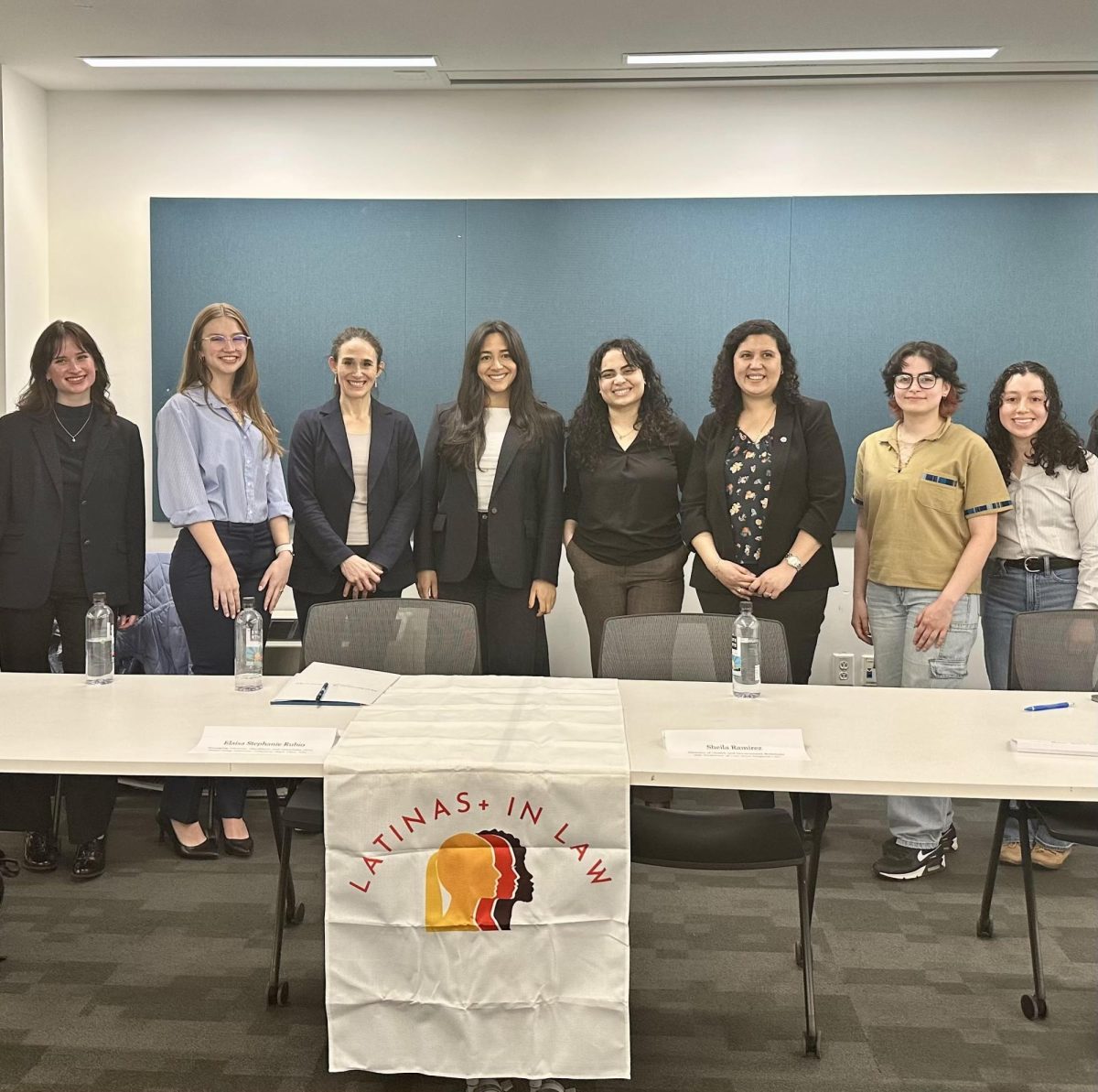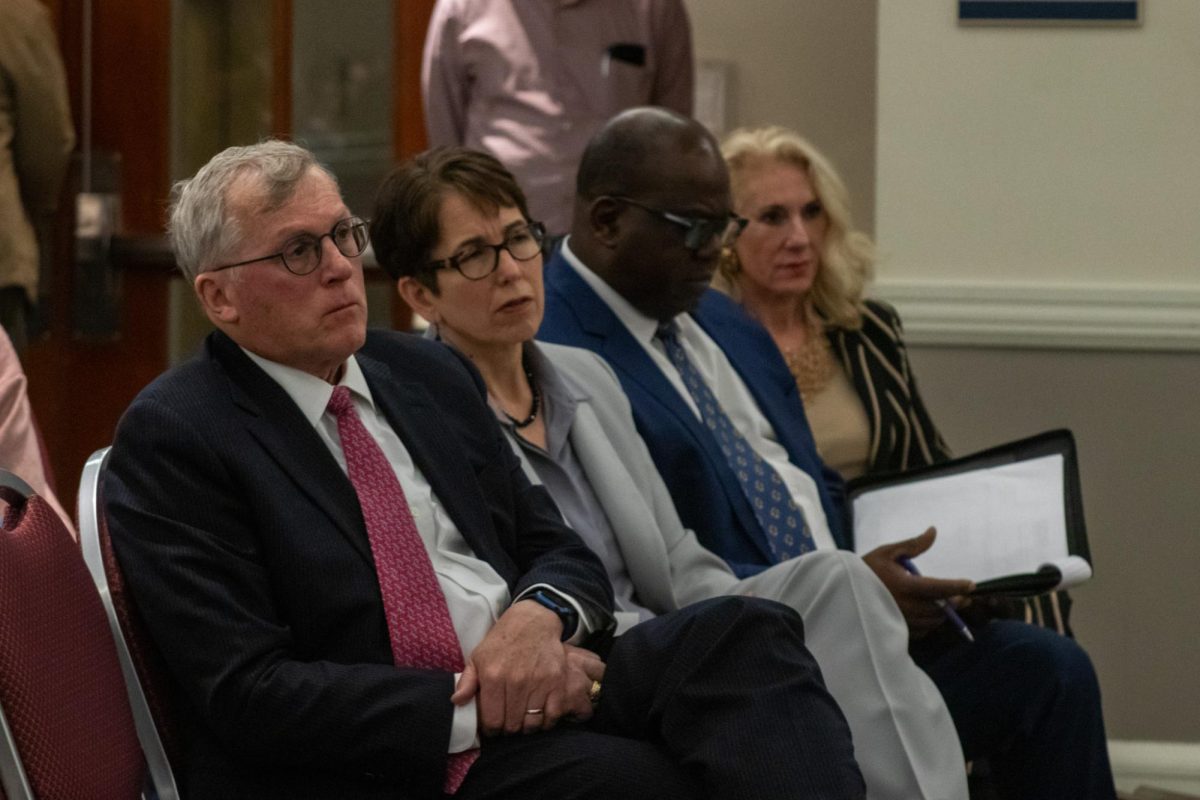The MBTA held a two-part series of public meetings on Oct. 16 and 19 about the long proposed Red-Blue connector project.
The project, originally proposed 99 years ago in December 1924, will cost upwards of $850 million to build over the course of five years, according to The Boston Globe. The extension will be built via the cut and cover method for cost, and for speed of construction.
Under current plans, the MBTA will also close Bowdoin station and use it as an annex for construction of the connection. With the permanent closure of Bowdoin station, many have called for the emergency head house west of Government Center to be converted to a regular-use head house. The head house is the portion of the station where riders enter the platform from.
During the Oct. 19 meeting, Winthrop resident Matt Gallagher asked if the emergency exit at Government Center would be switched to a head house. MBTA senior project manager Shannon Greenwell said the MBTA has no plans to make the conversion.
According to Greenwell, the decision to close Bowdoin was based on both accessibility and ridership. Bowdoin is the only non-accessible station on the Blue line, and has the second lowest ridership with about 1,700 passengers as of early October.
Conor Garrity, a Suffolk University senior and athlete that commutes from Orient Heights, spoke about the proposed closure of Bowdoin station.
“I mean, it would affect me a good amount. Being a student athlete, Ridgeway, the athletic building, is right near Bowdoin and makes the annoying early mornings much easier for yourself,” Garrity said. “…It [could] make it difficult as well because I often leave things in Ridgeway and grab them for class. So it would increase my commute drastically.”
The project calls for a new head house for Charles/MGH station inside the future Massachusetts General Hospital Hurley Building. This will allow for easier access to the station from the street, and easier access for patients and staff of the hospital, according to the MBTA.
The MBTA does not currently have the funding to build the project to completion.
“We are currently funded to advance the project through 30% design,” said Greenwell.
According to the MBTA, the project is estimated to begin construction around the end of 2025, and continue to the middle of 2030.
“It’s going to be more expensive to build in the future,” Stephen Ruggiero, a Winthrop, Massachusetts, town councilor, said.
The MBTA is expected to seek funding through federal transit grants, and directly from the Massachusetts Legislature.
Many students at Suffolk often use the Blue line to get to athletic facilities at various stations, Chris Jackson, a student on the men’s hockey team, said.
“I think the Blue line is the only one that works constantly, we haven’t had any trouble with delays or anything like that,” Jackson said.
The MBTA has been in the design and environmental evaluation phase of the project since 2010 when it first embarked on the path of building the Red-Blue connector. The MBTA will spend the next few months completing certification through the National Environmental Policy Act before continuing on to the Massachusetts Environmental Protection Agency certification.
The MBTA may hold more public meetings in spring 2024 for this part of the design process.


